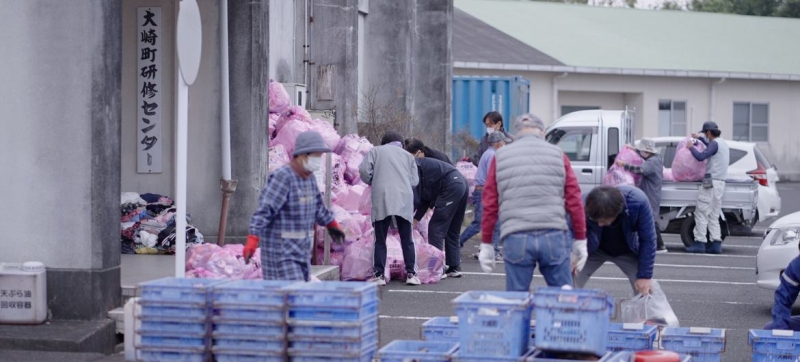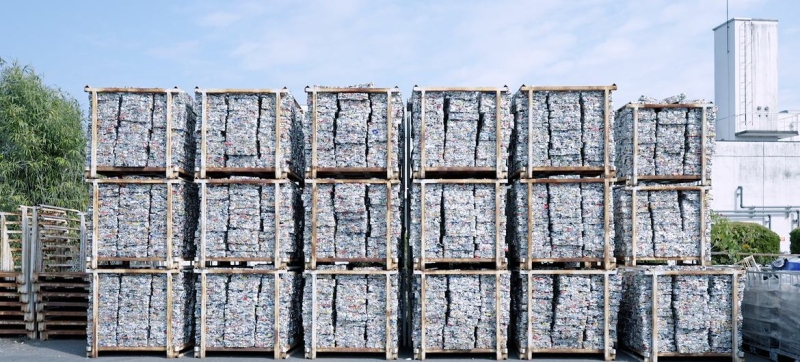
Osaka residents sort garbage. PLOT | Osaka: the Japanese city that recycles almost all of its waste Climate and environment
Is it possible to recycle more than 80 percent of waste? Residents of the small Japanese town of Osaka have proven that it is possible. When the city landfill overflowed, authorities considered building an incinerator as one option to solve the problem.
The operation of such a plant would lead to environmental pollution, worsen the problem of climate change and harm public health. As a result, the city government, non-governmental and private sector were able to find a more environmentally friendly solution for Osaka. City councilor Kasumi Fujita spoke to UN News about Osaka’s waste reduction policies.
Creating a green future
Fujita has been living in Osaka since 2021. Working with the business sector, NGOs and ordinary citizens, she is trying to create a green future for the city.
“I’ve always wanted to work on a project related to the climate crisis,” she says.
Fujita spent part of her childhood in Tuvalu, a tiny island nation in the Pacific Ocean. Due to climate change and rising sea levels, Tuvalu is predicted to sink under water in the coming decades.
After learning about the situation in Osaka, Fujita decided to move there to help its residents solve the environmental problem and create an economy at the level of one small city that does not harm nature and does not aggravate the problem global warming. Osaka’s experience can be applied elsewhere.
Today, the city of about 12,000 people recycles more than 80 percent of its waste. This is the highest figure in all of Japan.
27 waste categories
At the household level, waste in Osaka is sorted not into two, three or four, as in most cities, but into 27 categories. Only waste in blue bags is sent to a landfill, and waste from the remaining 26 categories is processed.
Employees at a local recycling plant carry out further, even more thorough sorting into more than 40 categories . For example, plastic is divided into several groups. During the sorting process, even parts are separated – for example, plastic handles from frying pans and pots. The plastic waste is then compressed and sent to recycling plants across the country.

Compressed plastic waste in Osaka, Japan.
According to the United Nations Environment Program (UNEP), 36 percent of all plastic on the planet is packaging materials. 80 percent of them are not recycled properly, resulting in large-scale environmental pollution.
Products made from other materials in Osaka also undergo a careful sorting process. Thus, cans of canned food and drinks are divided into groups depending on what metal they are made of, and are also sent for processing to other parts of the country. Proceeds from recycled materials go towards providing scholarships to Osaka students.
“Even when we try to recycle all waste, many packaging materials are difficult to sort effectively. And I’m currently working with Japanese companies on projects to develop eco-friendly packaging,” says Fujita.
Food waste: Osaka’s experience was adopted in Indonesia
Food waste and plants in Osaka are collected three times a week – local residents place them in specially designated blue containers. This waste is used to produce compost at a local facility. In this case, no chemicals are used: waste is converted into fertilizer through natural processes, in which the main role is played by microorganisms contained in plants.
“I think this process is very simple and can be practiced anywhere in the world. The process we use was introduced in Indonesia when officials from the city of Osaka and staff from a recycling center visited and demonstrated our methods for sorting and composting food waste. This could be a solution to the problem that many developing countries are currently facing,” says Fujita.
“People need to be more aware of what happens to products after they are used, and how complex the waste problem is. At the same time, they will understand that waste can be reduced,” she adds.
Read also:
